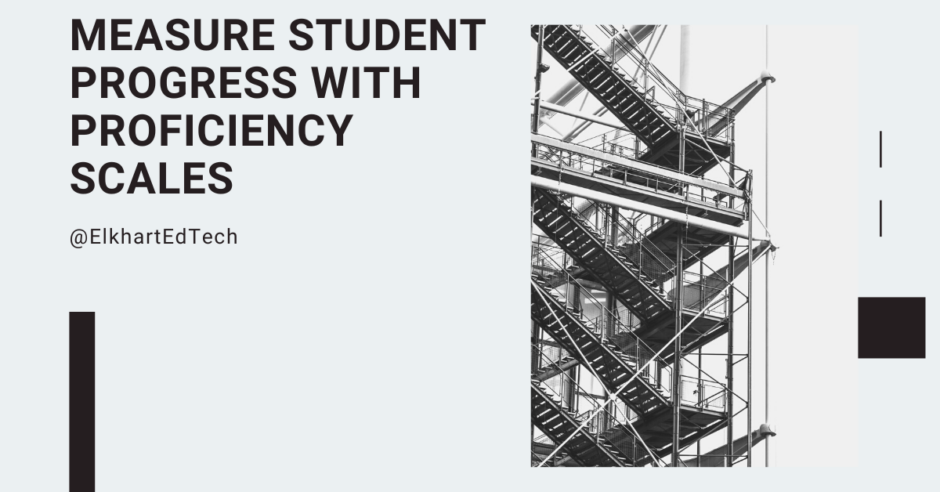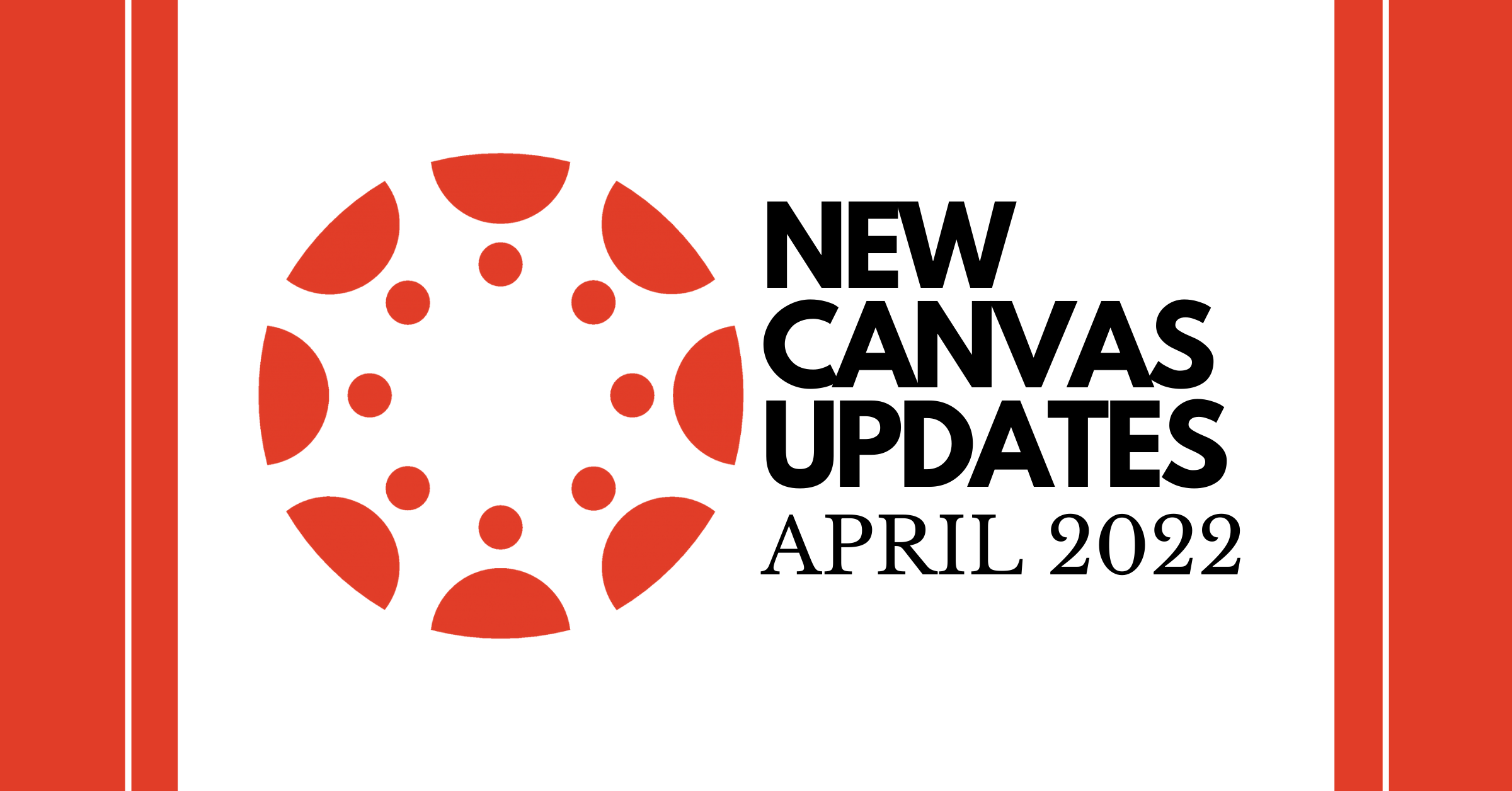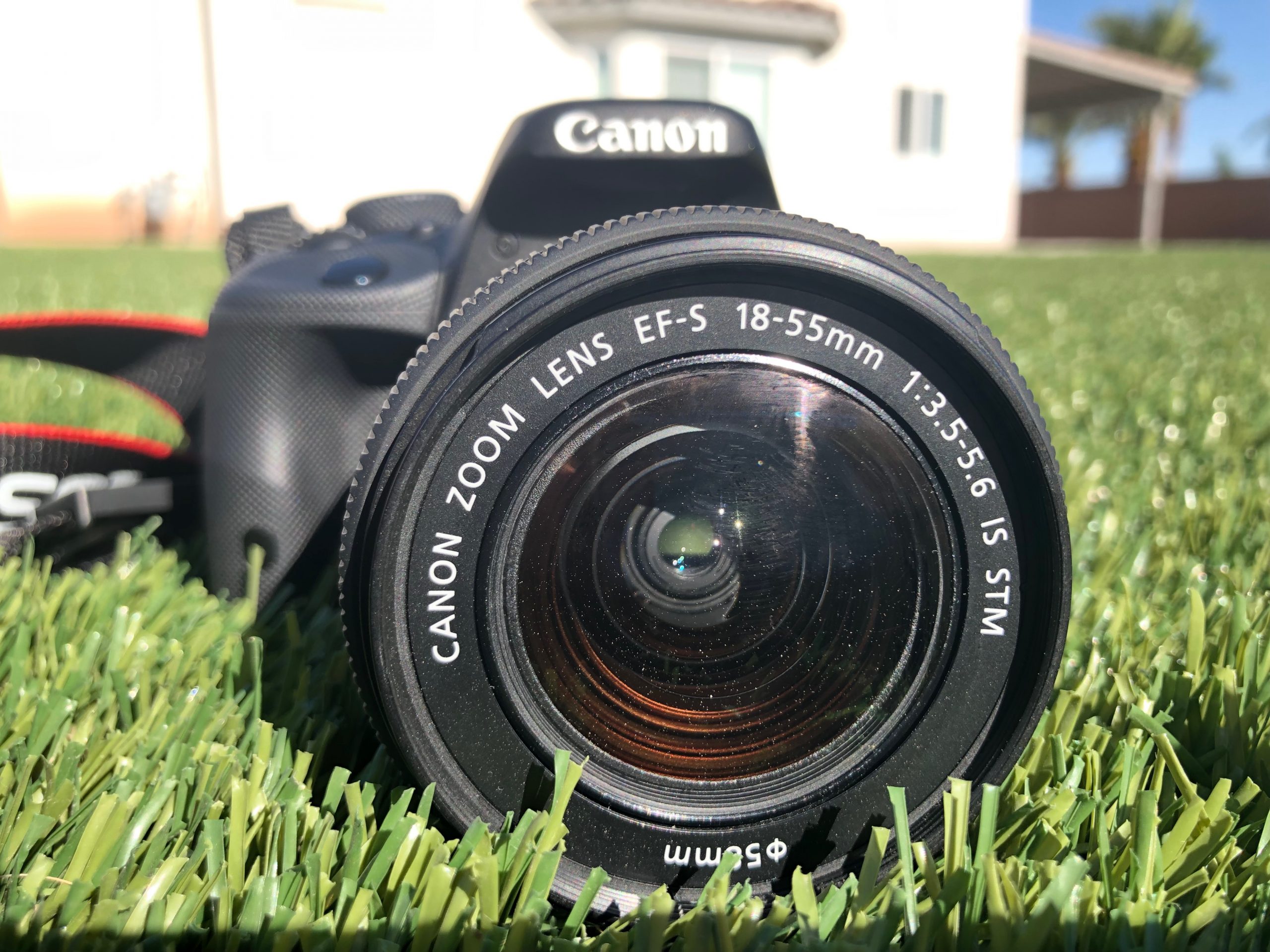A challenging part of the PLC process is determining student growth in relation to your essential standards. Once your PLC has determined the essential standards for the course and defined the learning targets within each standard, it’s time to talk about assessment.
Assessing student skills
Instead of looking at a single score – performance on a test, for example – we need to consider which skills students are demonstrating and how well did they perform on each skill. These determinations should be made as a group so that all students taking the course are measured fairly consistently.
This shift is also difficult for students because now, more than ever, we have to train them to focus on the feedback for each standard or learning target. Your learning targets become the basis for your Common Formative Assessments (CFAs) so you can provide targeted, actionable feedback on student growth as they develop their skill on the standard.
CFAs are the on-the-ground data for your students. They also serve as the main point of discussion for your PLC as you meet to look at student progress. Once you have learning targets defined, your group is ready to move into defining proficiency scales.
What is a proficiency scale?
Proficiency scales are the measurement tool for evaluating student work. It defines what each level of performance should look like and serves as an objective measurement tool. Even though it’s objective, your team defines the measurements. Take time to discuss what proficiency on a particular target actually looks like in the context of your course.
For each essential standard, take time to identify what students should know and be able to do whenever they demonstrate a skill. Here’s a sixth-grade sample:
Analyze what a text says explicitly as well as draw inferences from the text through citing textual evidence.
| 4.0 | The student will: – Cite several pieces of textual evidence to support their analysis. – Cite several pieces of evidence to support inferences. – Cite the strongest textual evidence to support inferences from a grade-level, complex text. |
| 3.0 (proficient) | The student will: – Cite two pieces of textual evidence to support an analysis of what grade-level, complex text says – Cite two pieces of textual evidence to support inferences. |
| 2.0 | The student will: – Draw accurate inferences from grade-level, complex text – Quote accurately from grade level, complex text |
| 1.0 | With help, the student exhibits a partial understanding of the 2.0 content. |
This scale gives every teacher on that sixth grade team clear indicators of what type of student demonstration is needed on a CFA for a particular score. Students also know what is expected on this standard because we can use these scales to discuss what proficient work on a skill actually looks like.
Proficiency scales in the PLC
As your team reviews CFAs, these proficiency scales should be laid out and available. You can determine strengths and weaknesses based on the expected demonstration and remediate or extend based on data, not hunches or anecdotes. These scales also open up the possibility for more targeted interventions based on student evaluations that are happening in real time.
As you use your scales, you’ll begin to push all students toward proficient as the normal mode of operation. You don’t need to rely on external tools like extra credit or bonus points to incentivise growth. When our students are informed of their progress through thorough, actionable feedback, we can move away from point accumulation and toward learning. Check out our other posts on structuring feedback in Canvas and giving powerful feedback in Seesaw.



